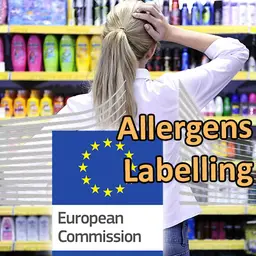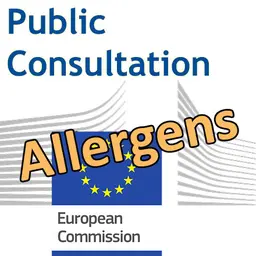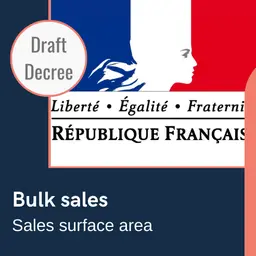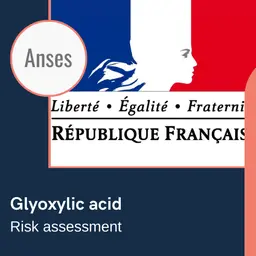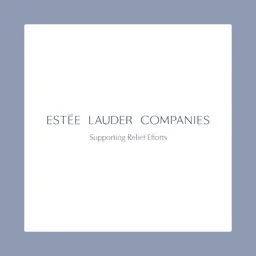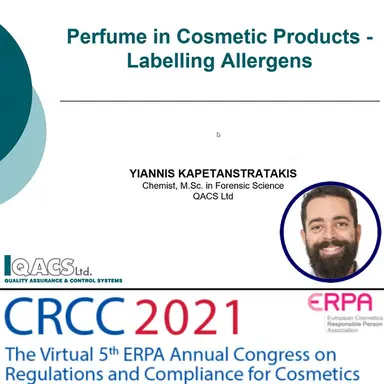
The question of allergens labelling (or, more precisely, of a much larger number of allergens than at present) on cosmetic products has been debated for many years. During the 5th Congress on Cosmetics Regulation and Compliance organised by ERPA (European Cosmetics Responsible Person Association), Yiannis Kapetanstratakis from the Greek Laboratories QACS (Quality Assurance & Controls Systems) traced its history, with its perspective, its timing, its issues and what can be expected from it…
Many everyday consumer products, such as foodstuffs, household products or cosmetics, contain perfumes or aromas, which have in common that they contain allergenic compounds. All categories of cosmetic products may have one or more of these in their formulation.
These allergens can be the cause of undesirable reactions, in particular contact dermatitis, which is thought to affect 1 to 3% of the population (some figures even suggest 9%). 16% of European eczema patients are sensitised to fragrance ingredients. Allergies to fragrances are the most prevalent after nickel allergies. Allergens can also be irritating and photosensitising.
Allergic contact dermatitis is triggered when a person is exposed to allergens through the skin. They affect the immune system over the long term: when you become allergic to a substance, you generally remain allergic throughout your life, and the adverse reaction is repeated with each re-exposure.
Hence the question that the European Commission asked itself: how to prevent contact allergies?
There are two possibilities:
• Reducing the concentration of allergens
• Inform consumers, to enable them to identify the substances to which they are sensitised and avoid them
The timeline
Today’s debate has a long history that began nearly 15 years ago now.
• …



